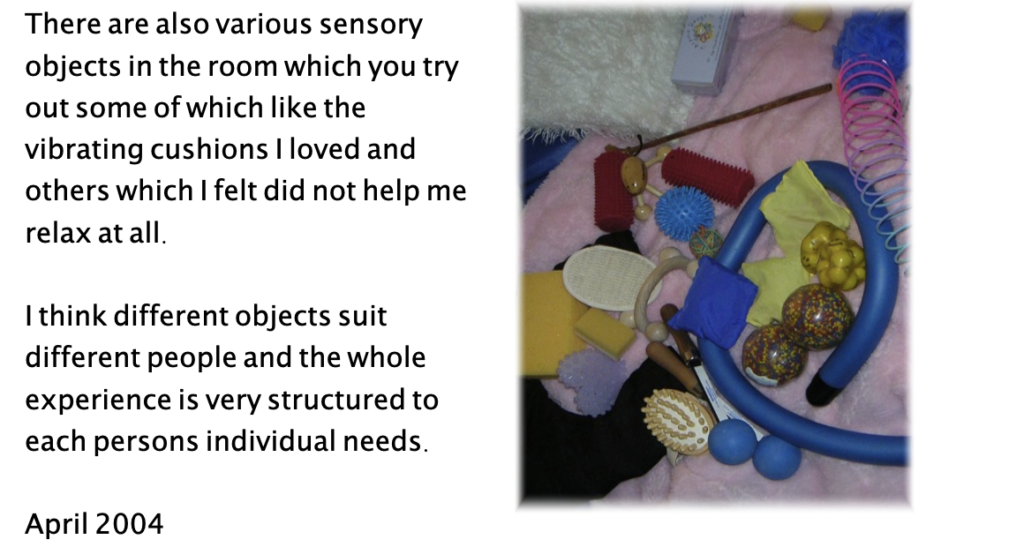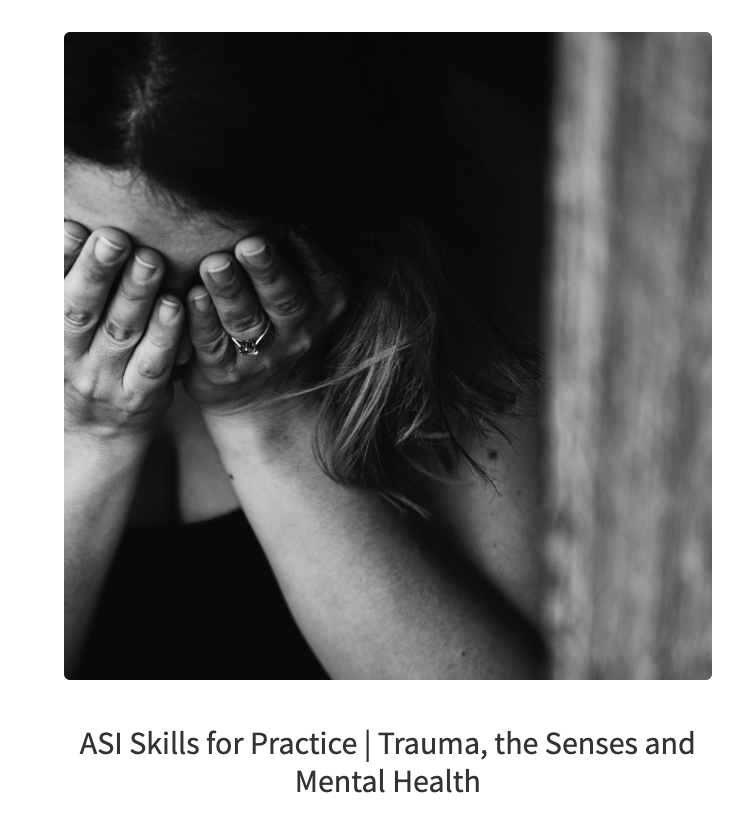“Kath, you taught me about the links between sensory integration and trauma 15 years ago, it was great to come back and have a refresher. Hearing how recent research and evidence now supports this work has been amazing. Thank you. Then it really helped me think about how to influence and change care in our hospital, now it is inspiring me to want to know even more. I have signed up to do the modules.”
Senior Occupational Therapist, CAMHS secure inpatient service
In Occupational Therapy, we use the tools in our OT Toolbox and combine tools and learning about early development, Ayres’ theory of sensory integration as well as psychological approaches to inform our work together with children, teens, adults and older adults with trauma, so that they can achieve their goals of participating more easily in their everyday lives.

Someone asked us why sensory modulation alone is not enough for those with trauma. Surely they asked, isn’t it just about hyper-reactivity to triggers from the trauma?
The answer is complex and dependant on soo many things. Trauma changes so much in the way the mind-body and brain develop and work – the earlier the trauma, the more adaptive the brain, the greater the possible adaptation and adjustment after trauma. For some of our clients; those with sensory, motor or neurological changes; their additional neurological diversity may mean these adaptive responses and therefore development, healing and recovery are even harder.

Time and time again in clinical practice, we see those with more significant sensory integration and processing challenges struggle to cope and manage following trauma. And, the degree of the struggle, is not always in keeping with the “apparent” severity of trauma. Often, much more is at play, in the complex responses to trauma and attempts to move forward. Occupational Therapy offers a holistic person-centred approach to work alongside people with trauma, as partners on their journey to learn to adapt and adjust to everyday life and the challenges it brings.
ASI Wise lecturers have researched and taught about the links between sensory integration, attachment difficulties and trauma since 2005, including with clients beyond childhood.
To read more you can access these articles about trauma and sensory integration:
Learn more about Trauma on our 2-day workshop, which you can book in our webshop: https://sensoryproject.org/shop/workshops/skills-for-practice-mental-health-trauma/
Read more about what people said about our workshop here:
“You learn how trauma impacts on development and how it changes the brain and body – I’d never thought about how important the senses are to everything we do.”
“I loved hearing about the links between trauma, sensory integration difficulties and the massive impact this has on participation in daily life.”
“Amazing workshop”
“Kath is a very effective trainer. She is able to explain complex concepts is a clear understandable way and relate this to occupation and current research. Her courses are well presented and very enjoyable. She uses case studies to help understanding very well.”

